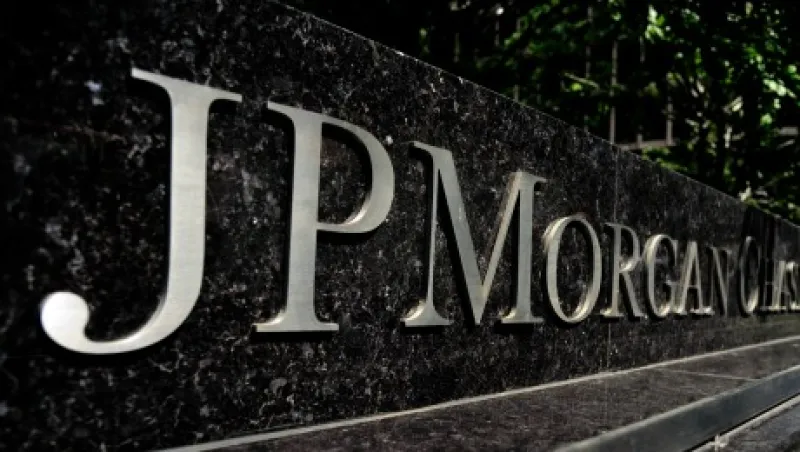
Active ETFs Gaining Ground Among Asset Management Firms
J.P. Morgan is one of a handful of asset managers seeking to add ETFs alongside — or even in lieu of — traditional mutual funds.
Maureen Nevin Duffy
October 21, 2013


